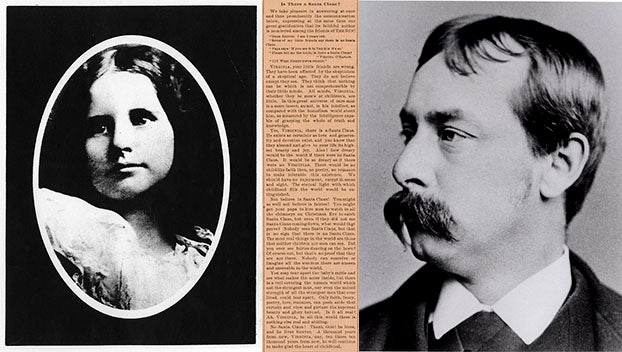Think before you give
Published 3:21 pm Tuesday, August 29, 2017
Christmas 2004, a 9.1-9.3 earthquake unleashed a tsunami that brought devastation to the coasts of nearly all countries bordering the Indian Ocean. More than 200,000 people died; more than $14 billion in aid was donated from countries worldwide for the recovery effort.
In the aftermath of Hurricane Mitch in 1998, it was Guatemala that bore the biggest brunt of the storm: more than 11,000 deaths were recorded and more than 1 million people left homeless.
On Dec. 14, 2012, a gunman went on a killing spree at Sandy Hook Elementary School in Newtown, Connecticut. Twenty children and six adults were killed.
Each represents a tragedy. Each event represents an outpouring of sympathy and compassion by the public, as well as the need to help.
Help is needed, but sometimes not in the way people think. After the Indonesia earthquake, donated clothing arrived in Indonesia in massive amounts. People worldwide reasoned that these disaster victims had lost everything, so they needed everything replaced. However, the disaster response was not focused on sorting and cleaning clothing. It was focused on providing immediate, lifesaving needs. So an entire beach piled with donated clothing became a breeding ground for bacteria. Ultimately, authorities had to burn the clothing.
After Hurricane Mitch, an airport runway was filled with boxes and bales of donated clothing. The donated goods took up so much space that planes carrying much needed supplies were turned away. There was no room to land.
In Newtown, Connecticut, city officials had to find warehouse space to house the tens of thousands of teddy bears that began arriving shortly after the tragedy.
Canned goods, bottled water, clothing, toys — all of these donations are examples of people helping people, representing the best of intentions. However, good intentions aren’t necessarily what’s needed. That’s determined by the actual needs of disaster victims and the organizations that are there to provide them.
Some shy away from giving cash donations because it doesn’t seem personal enough, but a cash donation is the most effective way to help people who are suffering due to natural or manmade disaster. A cash donation to an organization on the ground means its disaster volunteers have the ability to buy what they need, when they need it, for the victim standing in front of them. It ensures that goods are being purchased locally, in places that need an economic boost.
This is the case in Texas now. Catastrophic flooding from Hurricane Harvey has displaced thousands, and it’s only likely to get worse.
“Please do not donate unsolicited goods such as used clothing, miscellaneous household items, medicine or perishable foodstuffs at this time. When used personal items are donated, the helping agencies must redirect their staff away from providing direct services to survivors in order to sort, package, transport, warehouse and distribute items that may not meet the needs of disaster survivors,” reads a Department of Homeland Security email sent Tuesday to emergency response offices nationwide.
DHS recommends making monetary donations through a trusted organization. The best way to do so is to pick one from a list of vetted, voluntary-, faith- and community-based organizations, which can be found by visiting the National Voluntary Organizations Active in Disaster website at www.nvoad.org.
There are many Texans in need right now, but it doesn’t help to send a victim a pair of dress shoes when what he really needs is a flashlight.




